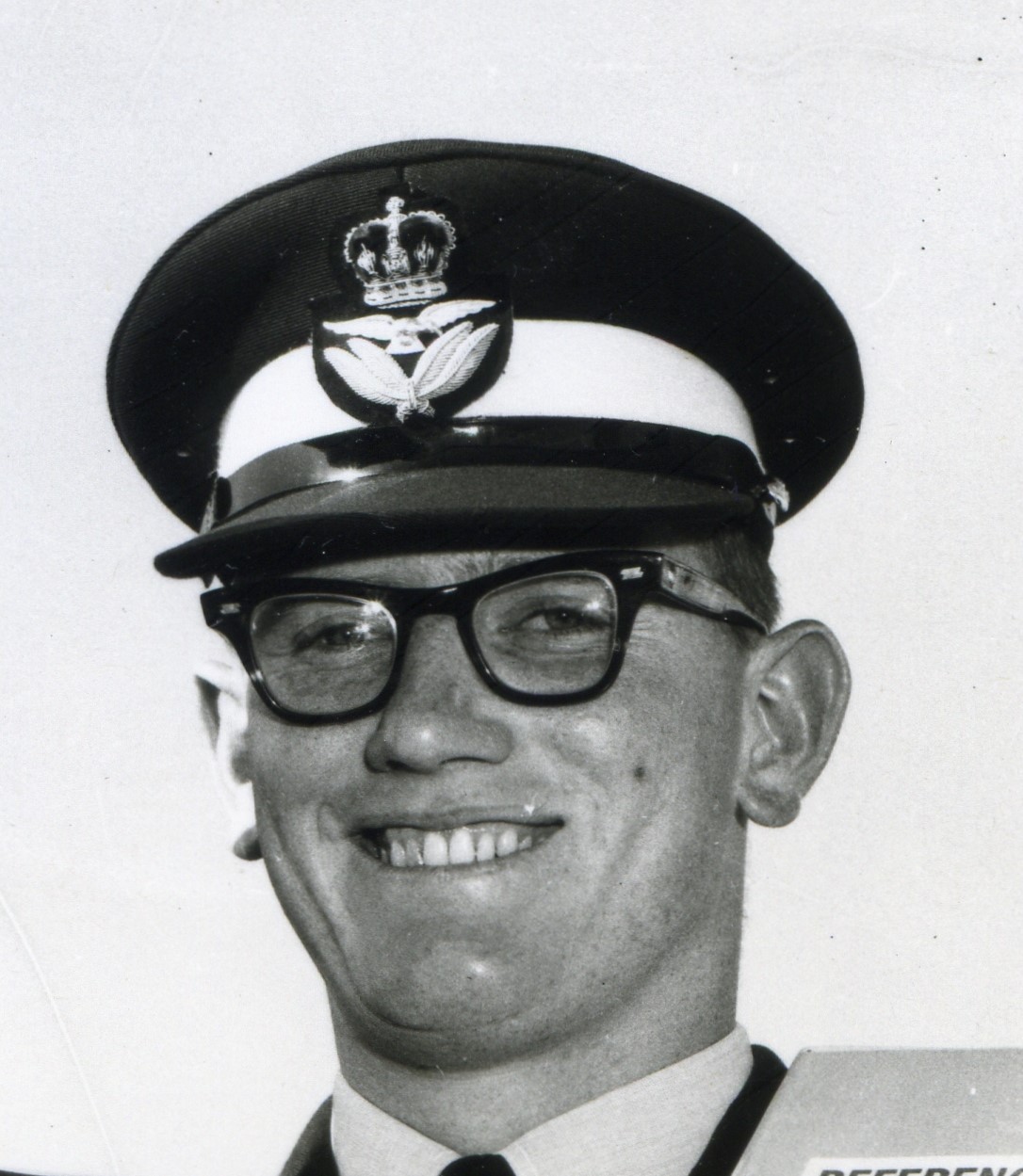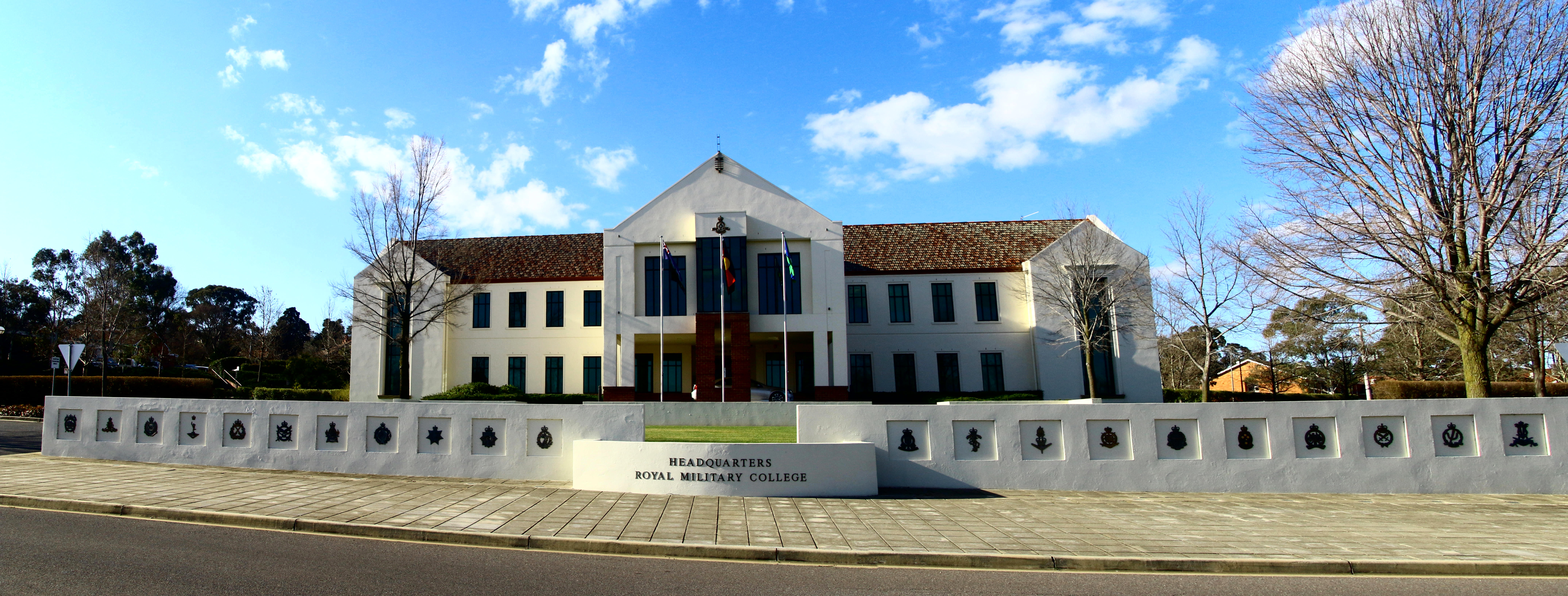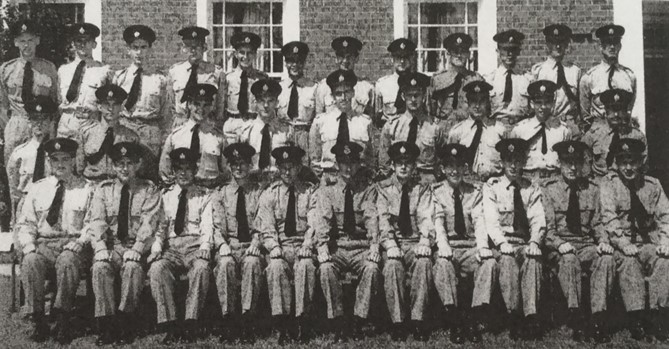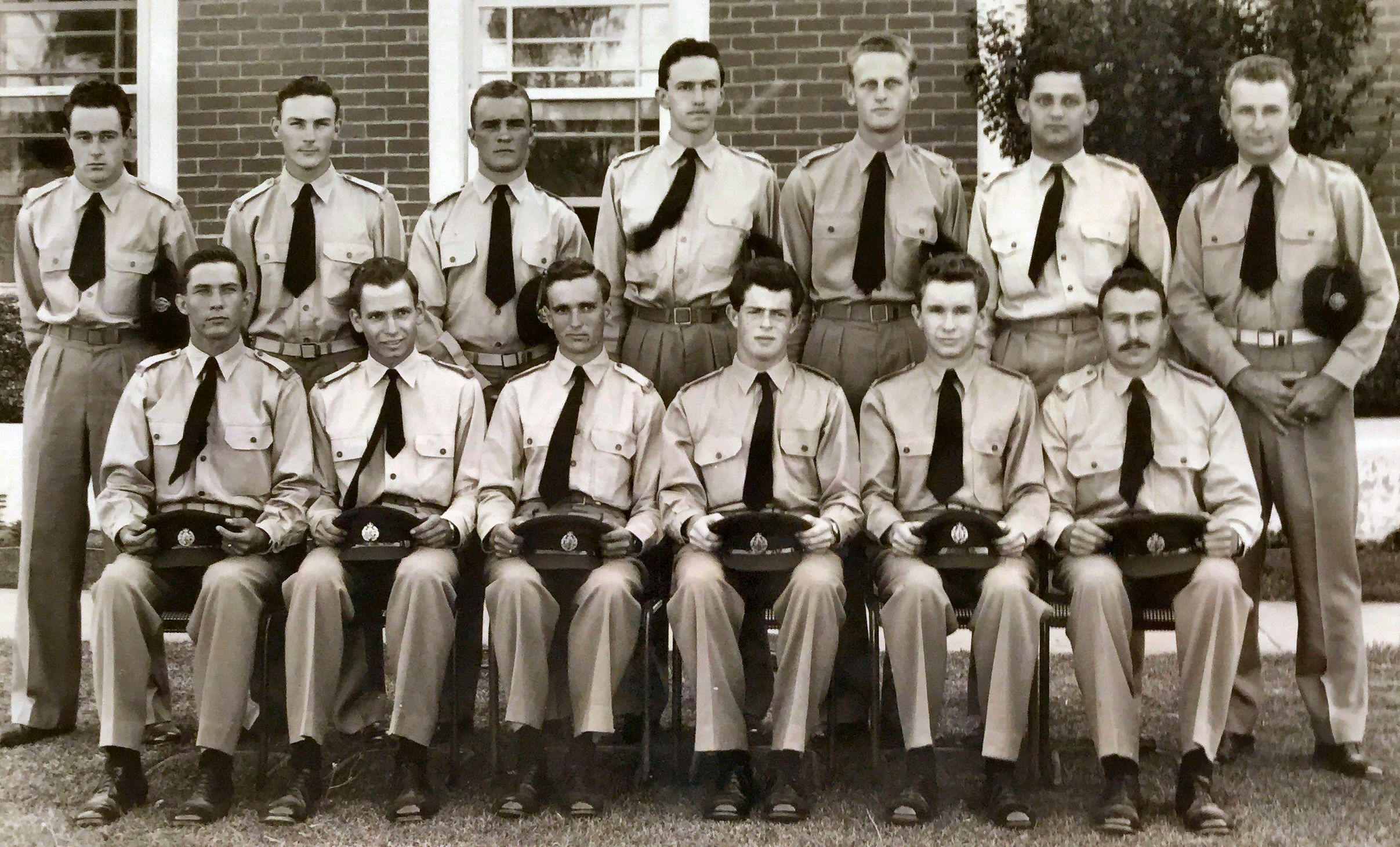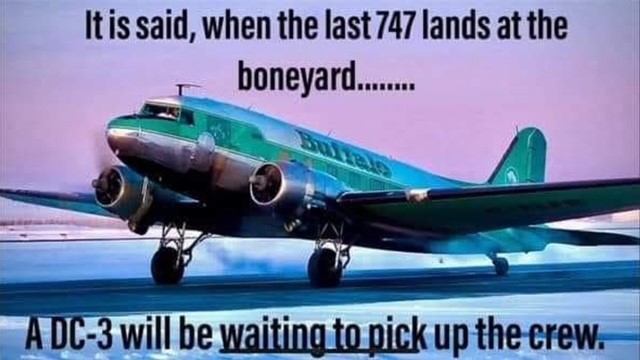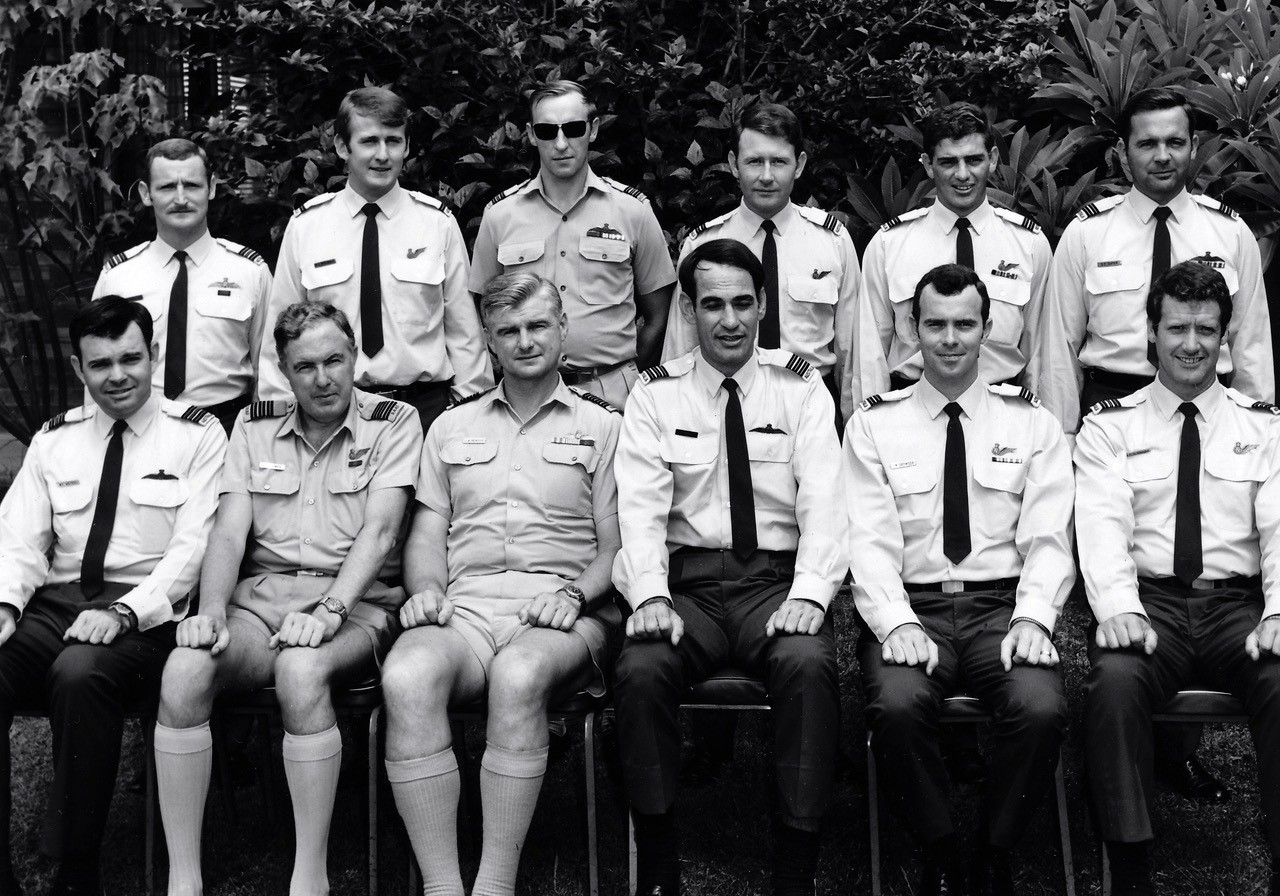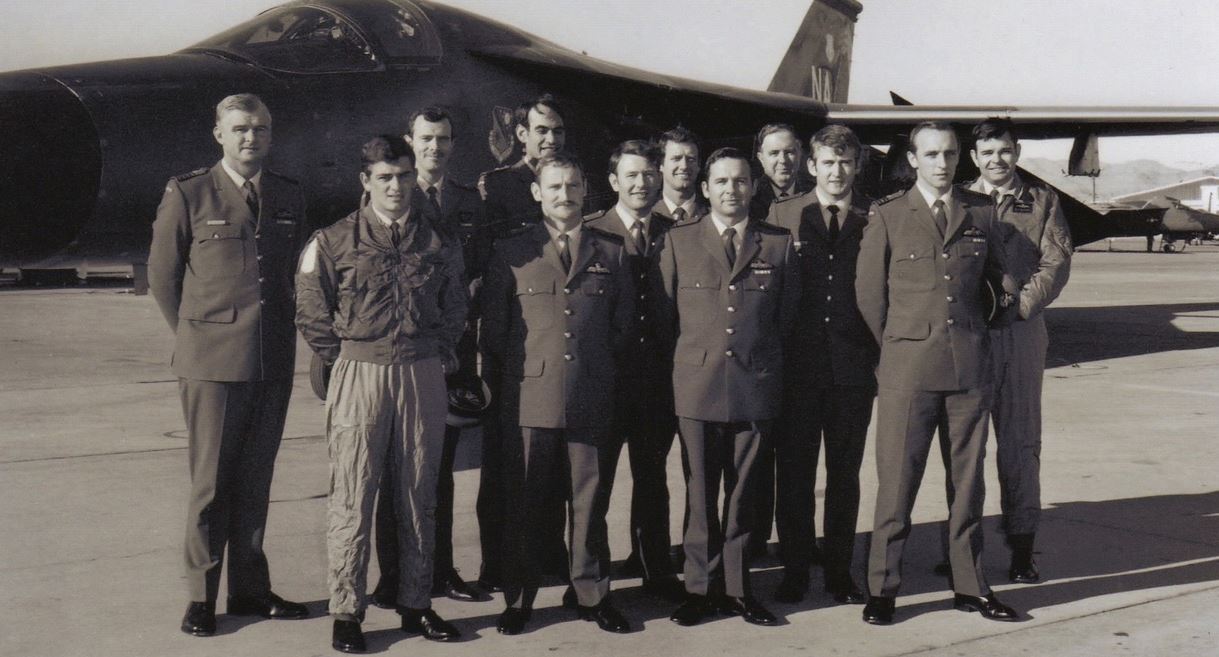|
|
||||||||||||||||||||||||||||
|
||||||||||||||||||||||||||||
|
Privacy Policy | Editorial Policy | Profit Policy | Join the Association | List of Members | Contact us | Index | Links |
||||||||||||||||||||||||||||
|
Back Go to page: 1 2 3 4 5 6 7 8 9 10 11 12 13 14 15 16 17 18 19 20 Forward |
||||||||||||||||||||||||||||
|
|
||||||||||||||||||||||||||||
|
Contents
Diploma Cadet Sqn Staff - 1964. Evolution of Tertiary Education to Engineering Officers. No 7 Engineering Diploma and 14 Comms Engineering Diploma Courses 1962. Nos 2, 3 & 4 Diploma Courses, RMTC 1959. Nos 3, 4 & 5 Engineering Diploma Courses 1960. No 4 Engineering Diploma Course 1960. Nos 5 & 6 Engineering Diploma Courses & 13 Radio Appy Diploma 1961.
|
||||||||||||||||||||||||||||
|
Engineering Diploma Courses.
The following was sent to us by Henry Detjen
How it all began – the evolution of the Tertiary Education of the RAAF’s Engineering Officers at RMIT.
In complementing the book ‘From the Ground Up’ by Chris Coulthard-Clark, this document is in four sections:
A short RMIT history and its relationship with the RAAF:
RMIT was founded by Francis Ormond in 1887. It began as a night school offering classes in art, science and technology in response to the industrial revolution in Australia. It was a private college for more than a hundred years before merging with the Phillip Institute of Technology and Emily McPherson College to become a public university in 1992.
Its titles were:
Merv McDougall, an Engineer Electrical who had several postings in the training organisations within the RAAF, gave us the reason for the close relationship between the RAAF and RMIT: “The development of the RAAF training with RMIT was quite interesting. The Senior Education Officers at HQ Training Command (later HQ Support Command formed in 1959) had a good working relationship with the then Principal, Mr Mackay. Mr Mackay was highly regarded within RMIT and their records show
“Mr Ronald Reay Mackay; Principal 1952-1963. Joined the RAAF in 1939 as temporary flight lieutenant and took charge of defence training at what was then the Melbourne Institute of Technology, especially intensive short courses in radio communication, primarily for the R.A.A.F. An estimated 23,000 trainees passed through his hands. In 1943 he was appointed honorary squadron leader. He was also the Secretary (from 1933), fellow (1940) and councillor (1958) of the Victorian branch of the Institution of Radio Engineers, Australia, Mackay served as federal president in 1961-62. In 1960 he was responsible for negotiation the adding of "Royal" to the institute's name.”
Mr Mackay was unfortunately killed by his son in 1963 and some of the graduates remember this tragic event.
Merv McDougal further wrote, in relation to the addition of courses containing ex-apprentices from RSTT Wagga, In starting No. 1 Course, they worked on getting apprentices at Wagga up to Victorian Leaving Certificate standard in two maths and two physics subjects.
First Engineering Diploma Course, Mechanical and Engineering. Jan 1956 – Dec 1958. Laverton Block 100.
|
||||||||||||||||||||||||||||
|
|
||||||||||||||||||||||||||||
|
Back Row L-R: Barry Holloway, Gus Watson, Bill Burgess, Kev Webber, Chris Beatty. Seated L-R: Gus Blakers, Kev Cromwell (Radtech G), Keith Johnson, Doug Mcleod.
|
||||||||||||||||||||||||||||
|
While these subjects did not meet full entry standards, they were able to negotiate special diploma courses that enabled members from Wagga to pick up Leaving English and another Physics subject during their first year of the diploma course. The electrical engineering course was also modified to suit the Air Force by dropping the Associate topic of Transmission Line Theory and replacing it with the Fellowship topic of Servomechanisms. This arrangement all came to an untidy end in 1963, when Mackay died. The new Principal was an ex-Army Brigadier, who immediately stopped all special arrangements with the RAAF and insisted that ex-apprentices would have to meet all formal pre-requisites and that no concessions would be entered into. This was a devastating blow to those members of No 16 Intake who had completed their night courses and were about to sit the qualifying exams for RMIT. The new arrangements meant that it was no longer possible for graduating apprentices to go directly to RMIT.
In parallel with the actual apprentice diploma courses, run through the Radio Apprentice School, the RAAF provided opportunities for serving personnel to apply for ‘civil’ schooling (probably under the Air Board Orders Training Section (ABO Ts)). Henry Detjen (right), John Harper and Murray Ware (all radio technicians) applied for and obtained approval under this scheme to undertake the Associate Diploma of Communications Engineering (at that time a three year course) and completed the course in 1960. As part of the program applicants were required to apply for Commissioning when they submitted their civil schooling applications, were assessed as suitable for appointment as officers, academically could undertake the course and met the Royal Melbourne Technical College academic requirements. Like other direct entrants to RMTC from apprentice schemes, they completed extra part-time study to achieve the RMTC entry requirements. They progressed with No. 2 Diploma Course although not assigned to the course.
The late Col Ely (right), who had gone on to complete the Fellowship Diploma awarded in 1964, recalled that the set-up at Laverton was ‘good’ for the members studying at RMIT. Block 100 (not used by the diploma course), was located between the Officer’s Mess and School of Radio. The huts had been refurbished and each member on civil schooling was provided with a separate bed room and a separate study room - as well as transport to RMTC and well supported by an administrative officer (Flight Lieutenant Keith Manning) and an Education Officer (Flight Lieutenant Arthur Windsor) as staff of Base Squadron Laverton. Col said, ‘Manning deserved a medal for his efforts at Laverton.“
Flight Lieutenant Keith Manning and Flight Lieutenant Arthur Windsor went on to be part of the founding staff of Det A, School of Radio (Frognall) when all diploma students were administered through Frognall (except No. 13RADC which completed their last year at Laverton in 1962). Both officers (Manning and Windsor) were on staff on the 1st Oct 62 with the change to Diploma Cadet Squadron and remained as staff for a number of years.
The first engineering diploma courses began at the Radio Apprentice
School RAAF Frognall, 54 Mont Albert Rd, Camberwell. This was the home
of the Melbourne Telecommunications Unit, the primary radio
communications centre for the RAAF in Melbourne during World War 2. When
the Radio Apprentice School was formed on the 8th December 1947 Frognall
was a ‘natural’ location for the apprentices to be accommodated; it was
a
By 1955 the RAAF determined that the apprentices from Wagga should also undertake engineering diploma training. Members of the first diploma course can recall the challenges that faced the RAAF in getting people to a suitable standard to undertake RMTC courses. As part of putting the pieces together for a full time 3 Year Program RMTC worked closely with RAAF Training Command in assessing the training, skills and knowledge of the graduated apprentices. On this basis RMTC recast their standard curriculum to recognise and give suitable credit to RAAF students in the Mechanical and Electrical Engineering disciplines. When it came to screening some 300 plus potential starters it was uncharted territory for those required to make the program work.
Using the standard RAAF aptitude tests, individual academic records from their RAAF training, further aptitude / psych tests and interviews, 30 technical airman were selected and posted to No1 Aircraft Depot, Laverton in August 1955.
CO 1AD was Gp Cpt J. Black who had previously been Base Commander at RSTT Wagga. On arrival at 1AD he briefed the 30 selected airmen and emphasised to them the challenge ahead. A maximum of 20 would be chosen for full time studies at RMTC, based on the results they achieved doing four RMTC entry level subjects by correspondence; they would have 4 hours a day off the normal work day to assist in the studies and no one was to get married.
By January 1956, with this first stage completed, only 11 went on to full time studies at RMTC. They called themselves ‘the diploma course’ since the course had not been given a formal title. By December 1958, one had unfortunately been killed in a car accident, another badly injured (in the same accident) and unable to continue studies for months (completed on a later course) and finally one more failed the final year. Despite the warning - three had married. Eight graduated and complemented the ranks of the RAAF’s Engineer Branch on the 1st January 1959.
But the numbers were still inadequate to meet the RAAFs’ needs for engineers and in 1961 the scheme was expanded to firstly set up engineering cadetships at Detachment A of Radio School at Frognall and secondly, to include the first direct entrants. Diploma Cadet Squadron was then formed from Detachment A in October 1962. Henry Bock was the first of many subsequent direct entrant graduates who really formed the most productive output from the scheme.
The transition to Degree Courses.
In 1975 Henry Detjen was posted to the Directorate of Technical Plans-Officers. Recruiting adequate numbers for the diploma courses had become difficult and a staff paper was written for AirCdr Ralph Anstee DGTP-AF for the RAAF to change its tertiary education of engineer officers to degree only. Graeme Rickett was the CO of DSC and by the end of 1975 a number of diploma graduates were selected to do an additional year at RMIT and obtaining a degree qualification. The first degree course, known as No 5 Engineering Degree Course, graduated in 1965 and included W.C. Bryant, J.H. Scholten and G.B. Schmidt. The establishment was renamed Engineering Cadet Squadron on 17th December 1976 under the leadership of Graeme Rickett and on the same day the unit became an independent unit.
Frognall closes.
Engineering Cadet Squadron's last graduation was on the 12th December 1985; with engineer students attending the Australian Defence Force Academy thereafter. RAAF Frognall was closed down and sold for housing a short time later.
|
||||||||||||||||||||||||||||
|
|
||||||||||||||||||||||||||||
|
|
||||||||||||||||||||||||||||
|
Post graduate.
Nine graduates of this period attended the MSc post graduate program at the USAF Air University, Air Force Institute of Technology, School of Systems and Logistics at Wright-Patterson AFB, Ohio, USA. They were Keith Johnson No1 Course; Bill Burgess No1, Les Bunn No2, Max Flint No3, Barry Watson No7, Henry Detjen No8, Ray Wilkes No10, San Lang No13-14, Herb Trichlen No15.
No7 Engineering Diploma and No 14 Communications Engineering Diploma Courses. 1962.
Sorry - no names!
|
||||||||||||||||||||||||||||
|
|
||||||||||||||||||||||||||||
|
Diploma Cadet Squadron Staff - 1964
|
||||||||||||||||||||||||||||
|
|
||||||||||||||||||||||||||||
|
Standing L-R: Cpl J Stewart, Sgt T Clark, AC J Richards, Cpl J Garniss, LAC G House Seated L-R: WOff J Murray, FltLt J Saunders, SqnLdr S Jenkins, FltLt K Manning, FltLt G Jones.
Nos 2, 3 and 4 Diploma Courses, RMIT 1959. (In front of Block 100)
|
||||||||||||||||||||||||||||
|
|
||||||||||||||||||||||||||||
|
Standing L-R: Jim Johnson, Graham Bickle, Max Flint, Don Tidd, Murray Ware, Bill Belton, Chris Greenwood, Howard Kay, Brian Raison, Jim Mclintock, Tom Carpenter, Gus Canniking, Col Ely, Unknown, Dave Telfer, John Harper. Seated L-R: Unknown, Peter Watson, John Hulbert, Les Bunn, Don Flint, Graeme Bastin, Tom Carlyon, Lloyd Copland, Terry McGee, FltLt Keith Manning (Flight Commander), Wal Soloman, Gordon Leo, Bob Bennett, Philip Duncan, Bert (JD) Hutchins, Rus Keanalley, Barry Dargan, Martin Sharpe.
3-4-5 Engineering Diploma Courses Laverton, 1960.
|
||||||||||||||||||||||||||||
|
|
||||||||||||||||||||||||||||
|
Back Row L-R: Sgt Jack Pluck, LAC Bill Hendrson, AC Kevin Kirk, AC Graeme Marin, Unknown, AC Barry Crossley, AC Dave Penn, AC Roger Turner, LAC Norm Russell, AC Barry Ellison, AC Bary Murphy, AV Neil Jonasson. Middle Row L-R: Cpl Roger Killeen, LAC Gordon Leo, LAC Phil Duncan, LAC Don Tidd, LAC Brian Raison, LAC Jim McLintock, LAC Graeme Bickle, LAC Russ Keanally, LAC Martin Sharpe. Seated L-R: Cpl Chris Greenwood, LAC Wally Solomons, LAC Dave Telfer, LAC Max Flint, LAC Don Flint, FltLt Keith Manning, LAC John Hulbert, LAC Des Bickle, LAC Ron McGuigan, LAC Merv McDougal, LAC Gus Canning.
No 4 Engineering Diploma Course, 1960.
|
||||||||||||||||||||||||||||
|
|
||||||||||||||||||||||||||||
|
Standing L-R: Jim Johnson, Don Tidd, Phil Duncan, Brian Raison, Jim McLintock, unknown, Graham Bickle. Seated L-R: Gordon Leo, Russ Keanalley, Graeme Bastin, Bob Bennett, Barry Dargan, Mary Sharpe.
|
||||||||||||||||||||||||||||
|
Yesterday my husband thought he saw a cockroach in the kitchen. He sprayed everything and cleaned thoroughly. Today I’m putting the cockroach in the bedroom.
|
||||||||||||||||||||||||||||
|
5 and 6 Engineering Diploma Courses and 13 Radio Appy Diploma (Frognall 1961) |
||||||||||||||||||||||||||||
|
|
||||||||||||||||||||||||||||
|
Standing L-R: David Haines, Kevin Kirk, Bill Hendersen, Neil Jonasson, Ralph Gillon, Barry Murphy, John Foster, Barry Dargan, Kev Leslie, Seated L-R: Peter Silcock, Barry Crossley, Roger Turner, Doug Roser, Norm Russell, Dave Penna, Graham Giles, “Dasher” Dent, Ross Wakeford. Insert Jack Pluck
|
||||||||||||||||||||||||||||
|
1957 Diploma Course people. |
||||||||||||||||||||||||||||
|
||||||||||||||||||||||||||||
|
|
||||||||||||||||||||||||||||
|
|
||||||||||||||||||||||||||||
|
|
||||||||||||||||||||||||||||
|
|
||||||||||||||||||||||||||||
|
The HARS Grumman Tracker, getting a wash down before its ANZAC Day flight.
|
||||||||||||||||||||||||||||
|
|
||||||||||||||||||||||||||||
|
Airborne on ANZAC Day.
|
||||||||||||||||||||||||||||
|
First F-111 delivery flight crews. 1 June 1973.
|
||||||||||||||||||||||||||||
|
|
||||||||||||||||||||||||||||
|
Standing L-R: Ian Westmore. Phil McDonald, John Emery, John Bushell, Ross Hardcastle, Bob Sivyer. Seate L-R: Wally Walters, Trevor Owen, Jake Newham, Ray Funnell, Pete Growder, Neil Pollock.
|
||||||||||||||||||||||||||||
|
Husband: What’s for dinner. Wife: Nothing. Husband: We had nothing last night. Wife: I know, I made enough for two days.
|
||||||||||||||||||||||||||||
|
F-111 training at Nellis AFB – Feb 1973.
|
||||||||||||||||||||||||||||
|
|
||||||||||||||||||||||||||||
|
L-R: Jake Newham, Ross Hardcastle, Peer Growder, Ray Funnell, Iam Westmore, John Bushell, Neil Pollock, Bob Sivyer, Trevor Owen, Phil McDonald, John Emery, Wally Walters. |
||||||||||||||||||||||||||||
|
|
||||||||||||||||||||||||||||
|
|
||||||||||||||||||||||||||||
|
Back Go to page: 1 2 3 4 5 6 7 8 9 10 11 12 13 14 15 16 17 18 19 20 Forward |
||||||||||||||||||||||||||||

